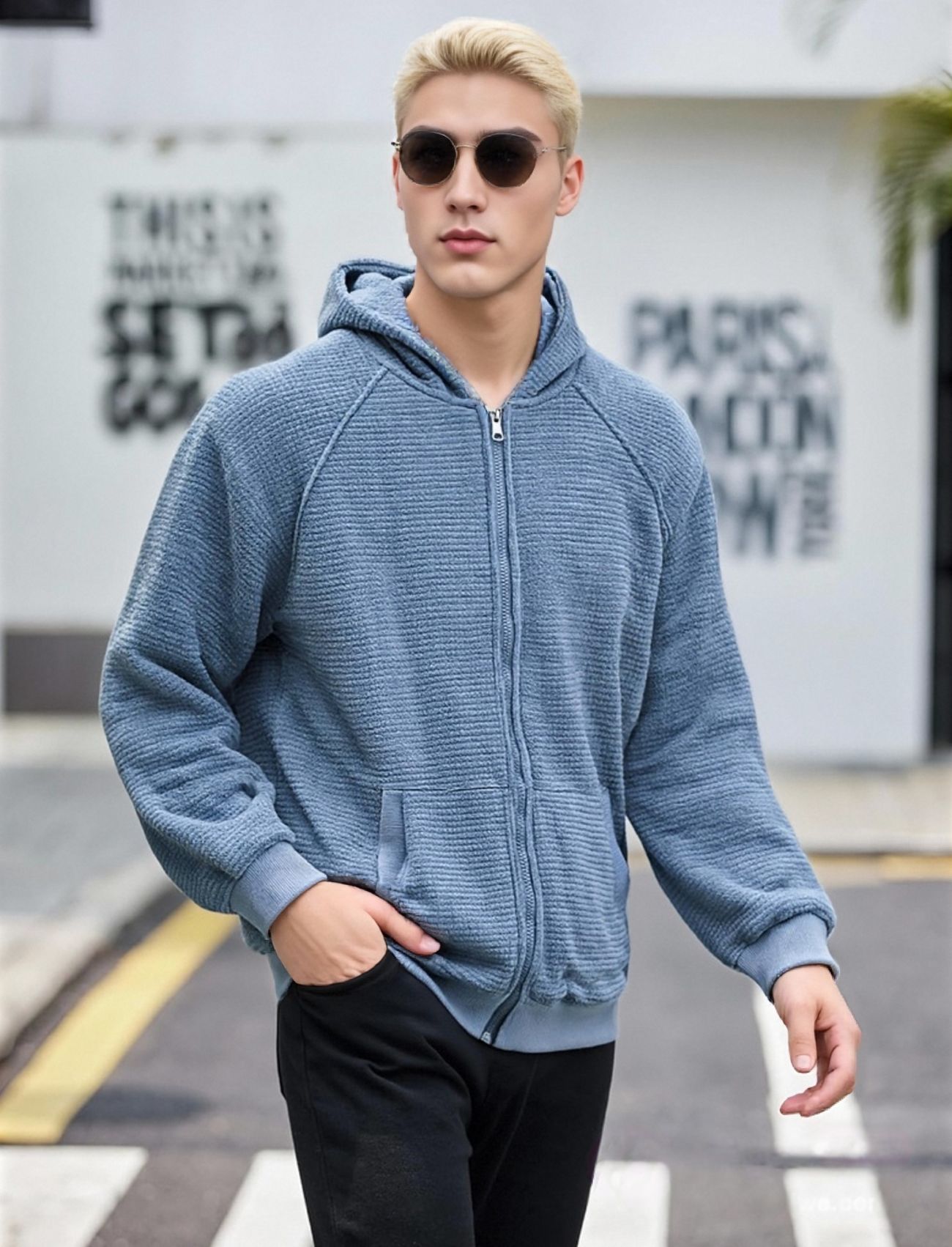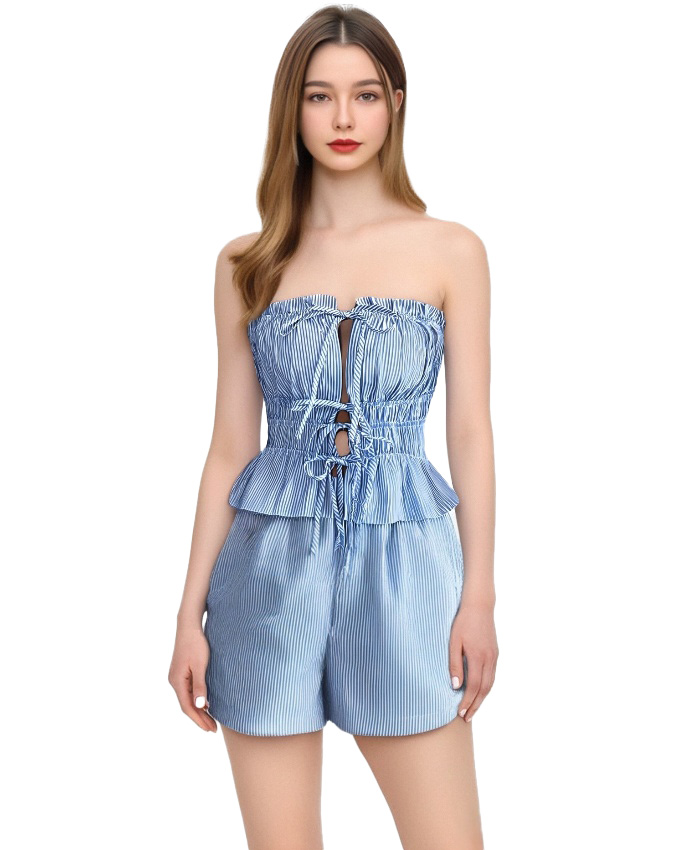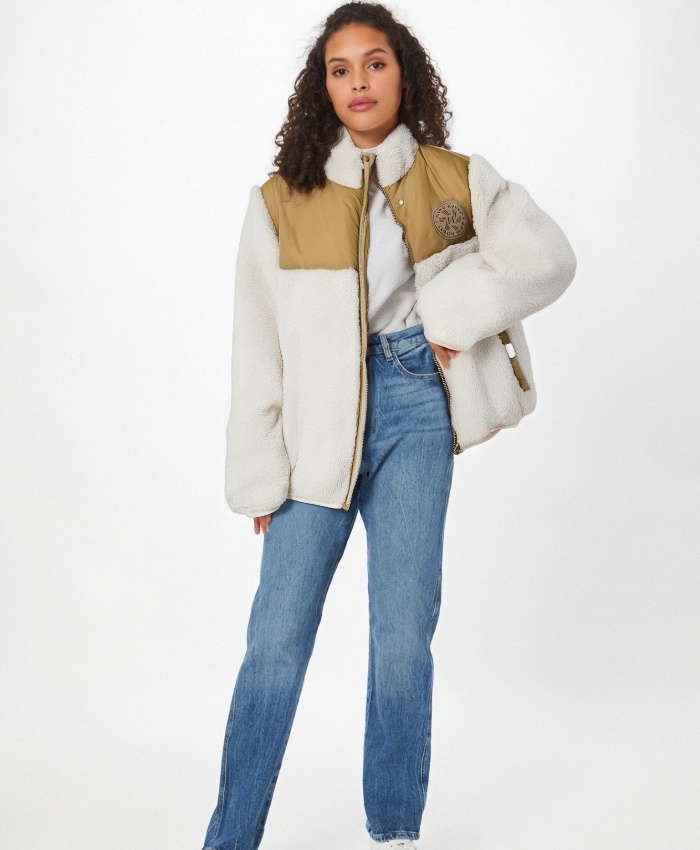すべての衣料品にはストーリーがあり、それはあなたのワードローブに届くずっと前から始まっている。綿花畑から最先端の工場まで、 衣服の旅 は、現代の物流と創造性の驚異である。お気に入りの服ができるまでの過程を紐解いてみよう。

1.デザイン:想像力と機能の融合
旅はスケッチから始まるデザイナーは美学と実用性を融合させ、こう問いかける:このドレスは複数の体型に合うだろうか?雨風に耐えられるか?3Dレンダリングソフトウェアのようなツールを使えば、バーチャル・プロトタイピングが可能になり、生地の無駄を省くことができる。例えば、防水パーカの場合、物理的なサンプルを作る前に、デジタル上で20回ほど微調整を行うかもしれない。
プロの洞察現在、多くのブランドがトレンドを予測するためにAIを活用している。アルゴリズムがソーシャルメディアを分析し、次のコレクションの色や柄、袖の長さを提案する。
2.生地の調達品質のバックボーン
衣服は素材があってこそ。インド産のオーガニックコットン、ニュージーランド産のメリノウール、ペットボトルから再生されたポリエステルなど。高級アウトウェアには、モンゴルのカシミアや日本のゴアテックスのような希少素材が使われているかもしれない。
倫理的チェック:GOTS(グローバル・オーガニック・テキスタイル・スタンダード)やフェアトレードなど、環境に優しく人道的な実践を保証する認証に注目する。
3.製造:製造ラインの精度
裁断、縫製、仕上げによって生地はアパレルへと生まれ変わる。自動化されたレーザー裁断機が精度を保証し、熟練した職人が刺繍やボタンホールなどのディテールを処理する。例えば、テーラードブレザー1着の場合、襟の形作りから袖付けまで、200以上の工程が必要です。
舞台裏
- ファストファッション:工場では毎日何千個もの生産が行われ、スピードと低コストが優先される。
- スローファッション:少量生産、手作業による仕上げ、品質チェックが、KotnやNudie Jeansのようなブランドを特徴づけている。
4.品質管理:成功か失敗かのステップ
出荷前に、衣服は厳しいテストを受ける。ジッパーは5,000回引っ張られ、縫い目はストレステストされ、色落ちはチェックされる。たとえばアウトドアブランドのザ・ノース・フェイスは、吹雪や豪雨を想定したアウトウェアのテストを行い、性能を保証している。
赤信号:縫製の甘さ、裾の不揃い、糸のほつれなどは、生産が急がれた証拠です。新しい服は必ず検品すること!
5.ロジスティクスあなたのドアまでのグローバル・レース
衣料品は船、飛行機、トラックで移動し、店舗や自宅に到着する。ZARAのようなブランドは「ファスト・ロジスティクス」ハブを使い、ベストセラーを2週間以内に再入荷させる。一方、消費者直販企業(Everlaneなど)は、工場からバイヤーに直送し、コストと遅延を削減している。
サステナビリティの課題:世界のCO2排出量のうち、3%を海運が占めている。Allbirdsのようなブランドは、再生可能エネルギープロジェクトに投資することでこれを相殺します。
6.最終目的地:クローゼット
服を買うということは、その服のストーリーの一部になるということだ。その服は時代を超えた定番になるのか、それともつかの間のトレンドになるのか。修理、寄付、リサイクルなど、持続可能な選択をすることで、その衣服の寿命は延びる。
面白い事実:平均的な衣服は、わずか7回着用されただけで廃棄される。上質なものに投資することで、このサイクルを断ち切ることができる!
7.未来透明性と技術
ブロックチェーンはアパレル業界に革命をもたらしている。ステラ・マッカートニーのようなブランドは、農場から店舗までの衣服の行程を追跡するためにブロックチェーンを利用している。Good On Youのようなアプリは、ブランドを倫理面で評価し、消費者が十分な情報を得た上で選択できるよう支援している。




